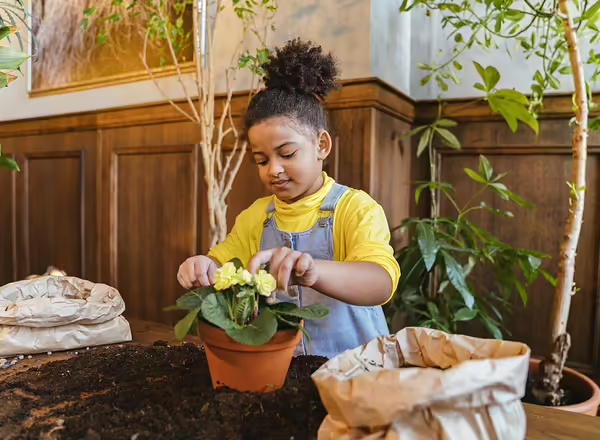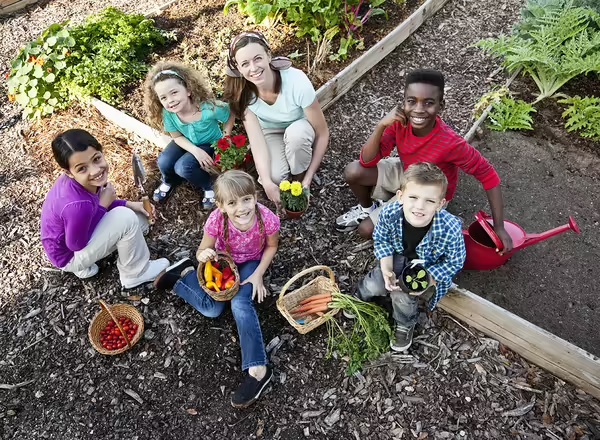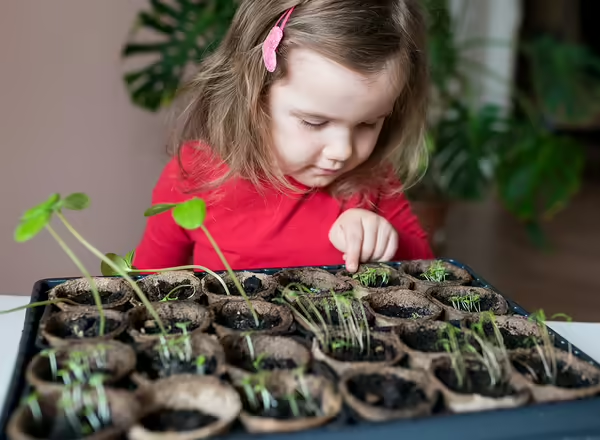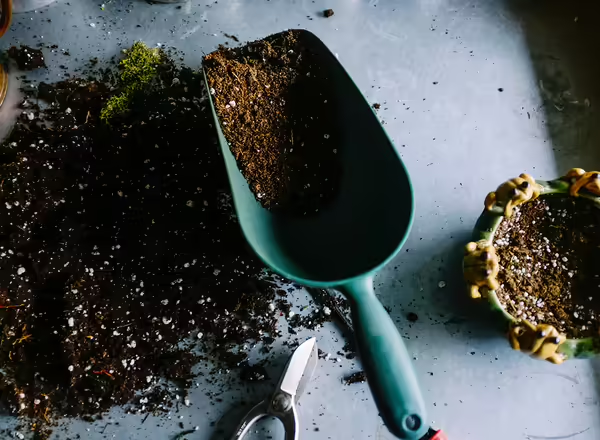Not everybody starts planting all on the same day. If you live in Illinois, you might start planting sometime in March or April. But if you live in Florida or Southern California you might be able to plant things all year round. So, what guides us in knowing when it's safe to start planting certain plants? The clue is called climate zones and it is based on frost-free dates for the area of the country or state where you live.

There is a frost-free date in the spring that tells you when it's safe to start planting tender vegetables or plants that do not like frost. There is also a first-frost date for fall that tells you when it's going to get too cold for a lot of things to grow well. The number of days between these two is called the growing season.
Some plants really like the cold and do well. Other plants are real warm weather lovers and don't even like a slight chill. With more experience, you'll soon get to know which plants like it cold and which ones like it warm.
To find out the frost-free dates for your part of the state, look up the frost-free dates in your area through the Illinois State Climatologist website. You may also see large maps of the US with bright colors and numbers from 1 - 13 on them. These are hardiness zone maps. You'll see that zone 1 is the coldest (shortest growing season) up to zone 13 (longest growing season).
Another thing to keep in mind is that a date on the calendar does not always give you the green light to start gardening. Don't forget to always get to know your soil up close and personal by giving it the squeeze test and check soil temperatures. This will tell you when you can work your soil safely. Raised beds tend to warm up quicker than in-ground plots.

Major planting days are fun and require help. Recruit volunteers to lead small groups of children while planting. Some vegetables and flowers are started directly from seed (i.e., lettuce, carrot, zucchini, cosmos, marigold, sunflower) and others are planted as transplants (i.e., tomato, pepper, petunia, impatiens).

Start with an in-ground bed free of weeds and loosen the soil. If growing in a raised bed the fresh soil will be perfect for new plants or seeds. Simply dig a hole deep enough to set the transplant at the same level that it was growing in its container. Lightly firm up the soil around the plant base and water at the soil level. To plant seed, make a shallow trench or small hole and plant seed about three times its thickness underground (never too shallow or too deep). For fine seed sprinkle a pinch along the shallow trench and for larger seed plant about two per hole. Carrot is a fine seed and will need to be thinned out to make space for root to mature. Cucumber is a larger seed and two per hole works well because they have a vining habit. Be sure to lightly sprinkle seed every other day until it germinates in about 7-14 days.
Are you new to starting your own vegetable garden seeds? Doing it yourself can save you money and get you involved with the food you eat from seed to harvest. In this video, Illinois Extension horticulture educator Chris Enroth demonstrates seed starting while at home during the...
Part of gardening is making a list of what you will need. Are there tools you need to get? Will you borrow or buy them? What seeds and plants do you want? Make a list of the items you need. Check whether you have them or need to get them. Then you can figure how much money you will need to plant a garden.

- Make a tool list. Tools include string, measurement tools, spade, hoe, rake, trowels, gloves, labels, hoses, garden carts, and more.
- When putting together your garden toolbox think about:
- Finding out what your family or school already has.
- Exchanging and sharing tools with a friend or neighbor.
- Looking for used tools at yard sales or retail shops.
- Our hands and feet are useful for measuring in the garden. Because each of us is different, find out how your finger and feet compare to numbers on a ruler!
- Your tools will last longer if you care for them after each time you use them. When you put them away, put them away clean!
- Keep your tools together in a safe place away from very young children. If you keep things together, you will always know where they are when you need them.

Seed packets are like the "facts in a nutshell" of gardening. Everything you need to know to be successful is right there. All you need to do is read and follow the instructions. What do all these things mean and are they important? You bet!
Learn some quick, easy, and highly engaging garden activities that require minimal preparation that can be used by anyone who works with youth! Horticulture Extension educator Brittnay Haag discusses simple and fun ways to get youth engaged in gardening.
...
Foster the love of gardening with the youth in your life by creating theme gardens. Join Illinois Extension Horticulture Educator Brittnay Haag as she shares ideas and tips for creating a special place for your young, hands-on learner to grow, explore, and be creative. Whether it’...